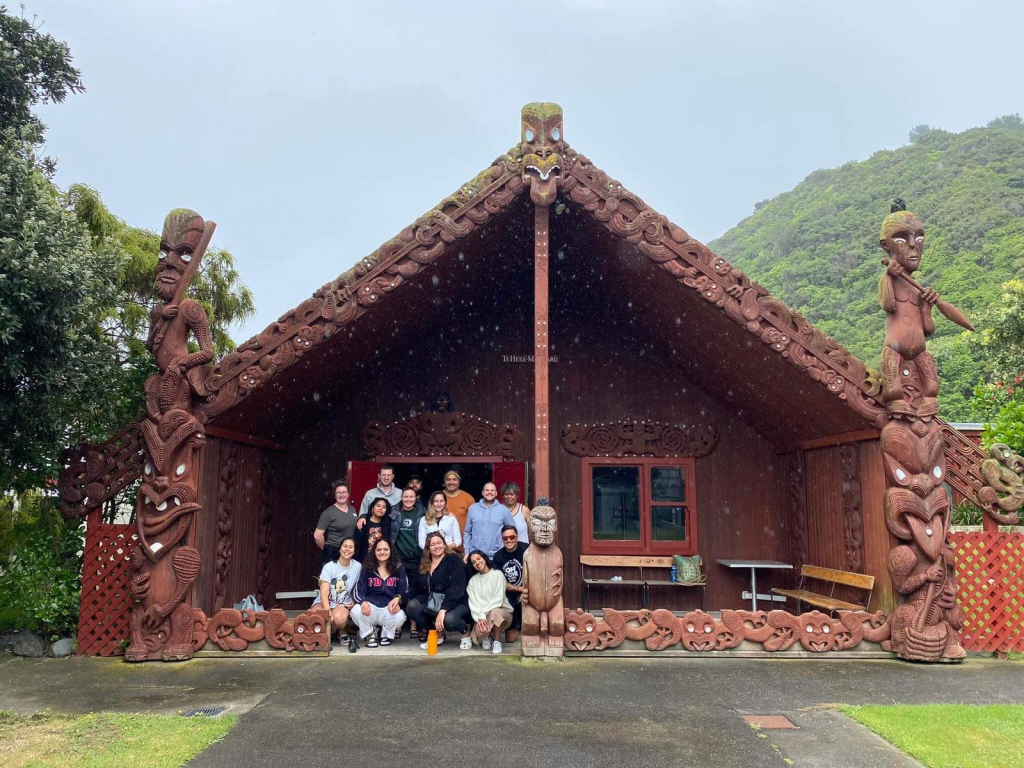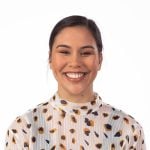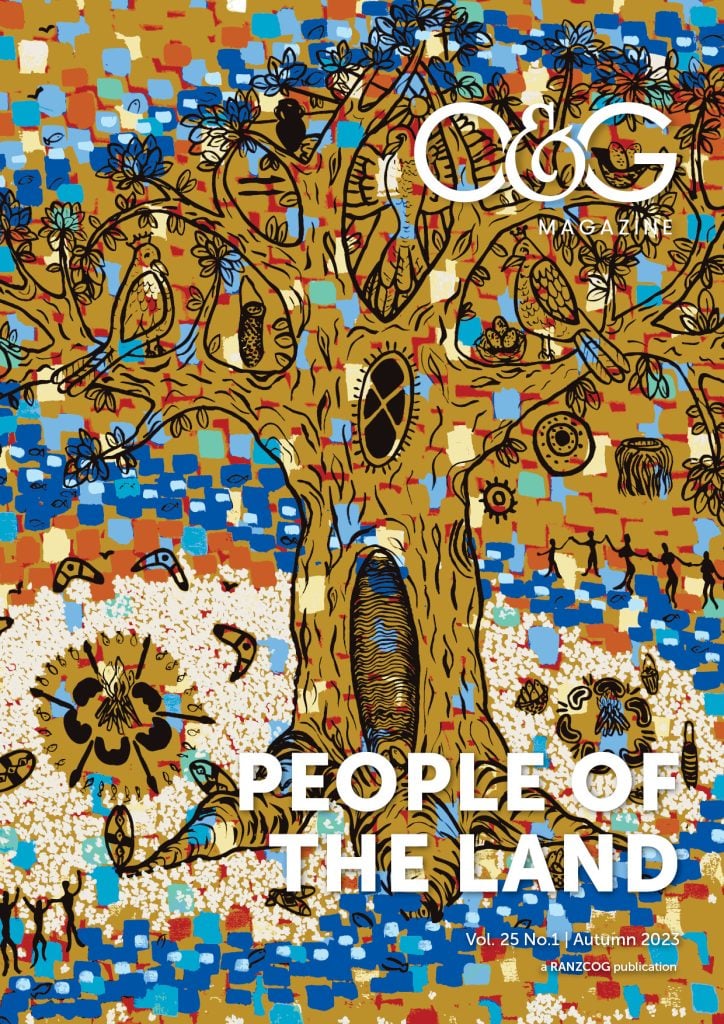Nei rā te kaupapa o te reo māori e
He taonga tuku iho nō nga tipuna
he parekawakawa, he mea hirahira e
Toku reo, toku ohooho
mapihi maurea
Whakakaimarihi
My language is my awakening
It is the object of my affection
It is the wreath that adorns my head
My language, my awakening
A treasure
It is of the greatest significance
As a child to a pakeha (non-Māori) mother and a Māori father, who was not raised knowing his language, my journey of learning te reo started as an adult. My Māori grandfather was a member of the New Zealand Māori Council, spoke te reo Māori, and had incredible mana (prestige, influence, status) in te Āo Māori, so I always had a desire to know more, I just didn’t know how. As my grandfather has now passed, I will never get the chance to ask the questions of why he may not have encouraged his children and grandchildren to pursue the beauty of our language and capture his incredible knowledge. Although my learning mostly started after he passed, he left me with the most beautiful gift of my culture: my language. This has led to my passion for wāhine Māori health equity.
I remember going to Maori 101 at university in Ōtakou and thinking it’s embarrassing to be going to a beginner’s class of my own language. Although at first, I was whakama (shy, ashamed) I soon learned that learning te reo is about giving it a go, respecting te reo as a taonga (treasure), and being part of a generation that will recapture and reignite the use of te reo Māori in Aotearoa.
After graduating from university and moving into my first working role as a Community Kaiāwhina (support worker, health promoter), I knew te reo would be a great asset working within the community. Being whakama often halted me from making big leaps into formal te reo courses or putting myself out there to people who I knew spoke te reo Māori.
When I started at RANZCOG, I was connected with Luke Crawford, one of RANZCOG’s kaumatua. When I was discussing with Matua Luke my thoughts around maybe completing a Master’s degree, or a full immersion course in te reo Māori, he gave me great advice around learning te reo Māori in wananga-style learning, versus Westernised learning models. Learning te reo also taught me a part of myself that I have not yet explored. This advice has changed my life and my whānau for generations.
From here I went on to enrol in a full immersion te reo Māori course at Te Wananga ō Aotearoa. I decided to jump straight to level 4 with my basic knowledge of some te reo. I was in for a big shock, but the challenge was exactly what I needed to make sure I stayed focused on this journey. Full immersion consisted of three hours of class per week where we only spoke te reo Māori (although my Kaiako Adam was so lovely, and we were so nervous; he was very lenient). We also stayed on marae once a month which was incredible. We learnt through many mediums, waiata, whakataukī, kemu, etc., just like my tupuna (ancestors) would have in the past. When we are on marae, we always do whakawhanaungatanga. An intimidating word to say, but the most beautiful kaupapa. Whanaungatanga represents the sense of family connection. Sharing who we are and where we are from, providing people with a sense of belonging. It is how someone develops a close familial, friendship or reciprocal relationship. As we all learned our reo, we learned more about our whakapapa (genealogy), and the importance of sharing this. We even learned how to speak te reo while cooking, by having a cooking contest and writing recipes in te reo! We learned in so many different ways, it was the most engaging study I have ever done.

My beautiful class at Hongoeka Marae
As te reo Māori becomes a staple in my own – and my future whānau’s – lives, it is important to me for all aspects of my community to be on a journey with te reo Māori also. The language that I have learned has transformed the way I approach my mahi here at RANZCOG. I love practising my te reo with our kaumatua, and te reo-speaking doctors. I feel more confident in contributing to and highlighting RANZCOG’s work around equity and cultural safety.
RANZCOG is on our own language journey, from Djeembana to Aotearoa. Staff and members are encouraged to pursue learning in the languages of the area they live and work, and to take part in any opportunity regarding cultural safety. Although the utilisation of Indigenous language in health care has not been closely examined, articles showing the value of Indigenous language are available.1 2
I encourage everyone thinking about learning te reo Māori to have a look at what is being offered in your area, online or in-person. Aotearoa has more and more kaiako (teachers) of te reo Māori; now is the time!
Tukua tō reo kia rere, let your reo flow!
Want to learn more?
- Kupu: A Maori dictionary app that translates objects into te reo using your camera (versions for Android and Apple devices)
- Aki Hauora app: A free app that teaches te reo medical phrases
- Te Wananga ō Aotearoa: Te reo Māori language of various levels
Related reading
- Toku reo, toku ohooho (My language, my awakening) (Language issue, Summer 2021)
Our feature articles represent the views of our authors and do not necessarily represent the views of the Royal Australian and New Zealand College of Obstetricians and Gynaecologists (RANZCOG), who publish O&G Magazine. While we make every effort to ensure that the information we share is accurate, we welcome any comments, suggestions or correction of errors in our comments section below, or by emailing the editor at [email protected]. Those pictured have provided consent for their name and image to be included.






Leave a Reply